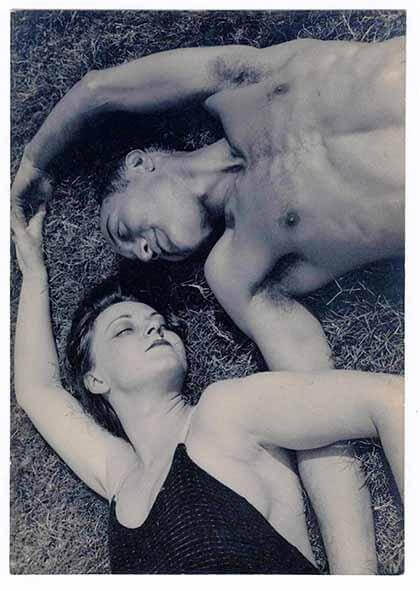By Nathan Duke
Long Island City’s Noguchi Museum will host a major retrospective this fall that will explore the relationship between the cultural institution’s namesake and 40 figures from the worlds of art, architecture, design and theater, the museum’s director.
The museum, which is located at 32-37 Vernon Blvd. in Long Island City, will host the exhibit as part of its 25th anniversary.
“In focusing on Noguchi’s collaborations with a great diversity of creative individuals, as well as institutions, ‘On Becoming An Artist’ will illuminate Noguchi’s truly protean creativity,” said Jenny Dixon, the museum’s director. “At the same time, it will provide a view of modernism that includes both well-known figures and those who have been overlooked in traditional histories.”
Isamu Noguchi, who died in 1988 at age 84, was a prominent Japanese-American artist and landscape architect who was known for his sculptures and stage sets for Martha Graham productions as well as lamps and furniture pieces. The museum was created in 1985.
The exhibit, which will be on view from Nov. 17 to April 24, 2011, will integrate artworks, photographs and documentary materials.
Much of the exhibit focuses on his formative years as an artist. Noguchi spent time in Paris in 1927 and 1928, working for the sculptor Constantin Brancusi and connecting with other expatriate American artists such as Alexander Calder, the photographer Berenice Abbott and the painter Marion Greenwood, with whom he also visited Mexico City, befriending Frida Kahlo while working on a project for Diego Rivera.
The display will include Kahlo’s painting “The Suicide of Dorothy Hale,” which depicts one of Noguchi’s friends, and a drawing created by Noguchi, Arshile Gorky and the artist De Hirsch Margulies titled “Hitler Invades Poland.”
Another portion of the exhibit spotlights Noguchi’s work designing theatrical sets, including a series of iconic designs for the choreographer Martha Graham, with whom he collaborated for more than four decades.
A third segment of the show examines how Noguchi combined fine art with product design to produce a number of well-known design works that continue to inspire designers today. The sculptor had a productive relationship with the Herman Miller Company, which sold his very popular coffee table design, as well as other designers such as Florence Knoll, Jeanne Reynal and Edison Price.
A fourth subject of the exhibition is Noguchi’s forays into public art in collaboration with leading architects. With Gordon Bunshaft, the artist designed outdoor plazas and sculpture gardens for iconic modernist buildings such as Lever House in Manhattan and the Beinecke Library at Yale University.
Other architectural pieces on display will include the artist’s design for a swimming pool for silent film director Josef von Sternberg’s home in Los Angeles and his unrealized Gandhi Memorial, which was planned for Delhi and created in collaboration with Edward Durell Stone.
“On Becoming An Artist” has been organized by independent curator Amy Wolf.
Among the theatrical collaborations in the exhibit will be costumes the artist created for dancer Ruth Page’s modernist ballet “Expanding Universe” and a rocking chair for Graham’s “Appalachian Spring.”
The museum will also feature Noguchi’s work with several designers, such as George Nelson, who was design director at the Herman Miller Company, and Florence Knoll, of Knoll Associates.
The work on display was created between 1922 and 1960.




































